
From Eros to Thanatos: The Controversial Art of Damien Hirst
 15 min
15 min
From Eros to Thanatos: The Controversial Art of Damien Hirst
By Claudia Moscovici
Damien Hirst is probably the most controversial and successful artist of our times, particularly if one measures success by how much critical attention art gets and how much it sells for. The founder of the avant-garde Young British Artists and considered to be the richest living artist in Great Britain, Hirst has had more than his share of both positive and negative media attention. The critical and artistic elite, however, hails him as one of the most innovative neoconceptual artists of our times. This is a very high honor, indeed, given that conceptual art has dominated the latter part of the twentieth century and continues to be very popular with critics today.
In most of his work, the philosopher and art critic for The Nation, Arthur Danto, explains the rise of conceptual art. His artistic heroes are Marcel Duchamp and Andy Warhol, who arguably contributed most visibly to make art what it is today: aesthetic in the critical and reflexive ideas it raises about art rather than in the way it represents objects. Duchamp’s urinal and Warhol’s brillo boxes, Danto argues, are not artistic in their materiality. There’s nothing intrinsic to these objects that makes them different from ordinary household objects. Their aesthetic qualities, Danto suggests, lie in the way their make us question the nature and existence of art in a new and provocative way. The millennia-old Platonic tradition of understanding art as some kind of inferior mimesis or imitation of reality is clearly gone in such readymade objects and pop art assemblages. Gone is also the equally old tradition, famously initiated by Plato and resurrected by the Romantics, of art as a special, almost daemonic, force that inspires artists to create works of beauty. Last but not least, in reading Danto we get the impression that the notion of creativity and originality, defended by the French writer Emile Zola in his ardent defense of Manet, has been pushed to the extreme by Duchamp, Warhol and , more recently, by Hirst himself.
Much of Damien Hirst’s art explicitly evokes the concept (and reality) of death. His most famous readymade, The Physical Impossibility of Death in the Mind of Someone Living, features a 14-foot tiger shark preserved in formaldehyde and displayed in an aquarium. This piece was created in 1991, bought by the artist’s original patron, Charles Saatchi, and redone in 2006 (since the original began to rot). Hirst’s other controversial readymades include dead and dissected animals, a cow and a sheep (Away from the Flock), also preserved in formaldehyde. My personal favorite is In and Out of Love, which consists of colorful and delicate butterflies whose beauty in death is preserved by art.
Those familiar with the world of art already know everything I’ve just summarized. Now I’d like to examine Hirst’s art in terms of its cultural role as well as in terms of its complementarity to my own contemporary art movement, postromanticism.com. I will first consider Hirst’s powerful impact in the field of contemporary art, then his striking conceptualization of death, which will lead me to explore the continuity between the themes of Eros and Thanatos: desire and the life force represented by my movement postromanticism.com and death and mortality being represented by Hirst’s conceptual art.
The Field of Cultural Production and Shock Value. Although sympathetic to those who value the role of conceptual art to provoke thought, ideas and change assumptions about what is art, I tend to look at art more pragmatically and sociologically, relying upon the works of the French sociologist of art, Pierre Bourdieu(The Field of Cultural Production and Distinction: A Social Critique of the Judgment of Taste). I believe that art is what “the field of cultural production”—namely, art critics, artists, patrons, art schools, art teachers and professors and museum curators—say it is. The art considered most valuable by these cultural forums—meaning not only the art that sells for most money, but also the art that gets most critical attention (even if not always of the positive variety!)—is what defines art for a given context. This may seem somewhat relativistic, but it doesn’t have to be: if one assumes that critics, artists, etc. propose valid and defensible standards of aesthetic value and judge art accordingly. Hirst’s works have probably made the biggest impact in the recent history of art, where conceptual art dominates the art scene, particularly in critical reviews and museums of contemporary art. (Of course, in other essays, I argue that conceptual art shouldn’t dominate those venues, and that curators and art critics should become more open to different styles of art, including more traditional styles inspired by the Romantic and realist traditions, which are very popular with galleries and the general public).
Hirst’s works are not original in the traditional Kantian sense of inimitability. In fact, the artist imitated his own work of art by placing a second shark in formaldehyde when the first one started to decompose. His work is original, however, in the sense of making a huge cultural splash and in being the first—or one of the first–of its kind to make that kind of impact or statement. This sense of originality is not far removed from shock value, a term which many (including me) have used to criticize postmodern art. The more I’ve opened my mind to all types of art since starting my art blog, however, the less critical and the more positive I’ve become about shock value. In fact, I’ve arrived at the conclusion that shock value may be necessary to keeping art alive in culture.
Art runs the risk of becoming increasingly culturally irrelevant. If you look at what attracts most public attention nowadays it’s the latest shenanigans of the Kardashians; the latest fashions and shoe trends; the cutest purses; the latest Hollywood hookups and scandals, the juiciest political sex scandals and–let’s not forget–the Royal Wedding. Not just art, but also politics risk falling by the wayside. As you may recall, in the not-so-distant past, it used to be that every major newspaper had foreign correspondents. Now we see the proliferation of entertainment editors and blogs, which have replaced, for the most part, foreign correspondents. In the U.S., rather sadly, international news has become almost exclusively a matter of headlines pertaining strictly to our foreign policy. We have to dig hard, as Americans, to find out what’s going on in the rest of the world outside of the area of high-profile celebrities, the wars we start, political scandals, or natural disasters. If international politics has become less relevant—in selling newspapers–than Kim Kardashian’s new engagement ring, you can imagine that the world of art risks being left even further behind.
The number of entertainment editors and blogs keep growing, while the number of high-profile art critics keeps falling, as the art and book critics are being swallowed up into the general rubric of Arts or Entertainment, which for the most part focuses on best-selling books and film reviews. In this context, if artists do not create something very entertaining, shocking and provocative to get the arts and entertainment critics and, more importantly, the general public interested in them, the world of art is likely to fade in the background of culture like a shy wallflower. Artists like Damien Hirst offer aesthetic objects that are so provocative that whether or not you like that kind of art or even find it “artistic,” it places art, once again, at the center of public discussion, which is where it should be. As George Bernard Shaw famously stated, “Without art, the crudeness of reality would make the world unbearable.”
2. From Eros to Thanatos: Postromanticism and Damien Hirst’s art. Judging by its own aesthetic standards, I also appreciate the way Damien Hirst’s neoconceptual art makes us think about the continuity between love and death, or between Eros and Thanatos. In many respects, his artworks are opposite of and complementary to the art movement I co-founded with Leonardo Pereznieto in 2002, postromanticism.com. Postromanticism emphasizes the importance of beauty, sensualityand passion in contemporary representational art. While being original and edgy, postromantic art maintains the verisimilitude of the artistic objects—be they paintings, photographs or sculptures—which resemble the objects they depict.
By way of contrast, the notion of verisimilitude isn’t really applicable as a standard by which to judge Damien Hirst’s art. Hirst often exhibits the real object: the real sheep, the real shark, the real butterflies, in the same way that Warhol exhibited the real brillo boxes and Duchamp an actual latrine. Postromantic art is all about the importance of desire, love and passion in human life. Hirst’s artworks show us the ephemeral nature of such emotions. They often represent the literal embodiment of mortality, underscoring the fleeting nature of biological life itself. Postromanticism and Hirst’s conceptual art may therefore seem polar opposites, and in some respects they are. But every major anthropological and psychological study of love and death has depicted these oppositions as inextricably connected. Freud is known for discussing the link between love and death in his book, Beyond the Pleasure Principle, or between the life force (Eros, desire, sexuality) and the death force (or Thanatos, a term made popular by Paul Federn). Looking at the life and death forces in terms of energy flow, psychoanalysis looks at desire as a dissipation of energy, where every orgasm represents a “small death.”
Anthropologists make the link between love and death even more explicitly by looking at desire in the context of human sacrifice. The best book I’ve read on this subject is Georges Bataille’s L’Erotisme. For Bataille, love represents the hopeless search for our lost continuity. It’s hopeless because the unions we attain through sex and love are very fleeting. After copulation we return once again to our individuated, solitary selves. As they say, we’re all alone in pain and death. “In essence,” Bataille states, “the domain of eroticism is the domain of violence, of violation… The most violent thing of all for us is death which jerks us out of a tenacious obsession with the lastingness of our discontinuous being.”
Postromantic passion, as expressed by the artists associated with postromanticism.com, is a celebration of desire, respect, love and obsession for as long as these deep and powerful emotions can last. This art also celebrates passing on and transforming artistic traditions—the Romantic movement, neoclassicism and art nouveau—for our contemporary times. Hirst’s art provokes us to think about the obverse sides of love and desire: how quickly they can dissipate; how contingent human emotions can be; how wrong we often are about the objects of our desire; how idealization often turns into the devaluation of the object of love (or just lust); how even when love lasts, unfortunately, our lives do not. The danger represented by his tiger sharks or the mortality displayed by his dissected animals is, after all, also our own mortality and the danger we can pose to each other.
To emphasize the importance of this complementarity between postromanticism and Hirst’s neoconceptual art, I’d like to allude to one last cultural figure: Mikhail Bakhtin, the famous Russian formalist critic. Bakhtin argued that art and literary are chronotopic rather than just diachronic. By this he meant that artistic and literary movements don’t happen just in linear/temporal sequence, one following the other, as they’re often taught in art and literary history. New art movements often go back in time to find inspiration in much older movements, the way Neo-Classicism found inspiration in Greek and Roman art and Romanticism went back to Medieval art.
The relation between postromanticism and Hirst’s neoconceptual is similar: each finds inspiration in older movements. Moreover, they end up depicting the themes of love and death in a way analogous to how the Romantic and Symbolist movements did this centuries earlier. Postromanticism draws more from the Romantic tradition while Hirst’s art echoes Symbolist obsessions (with death, decay, the unconscious, fears, and pushing the boundaries of art). I believe that the tension and complementarity between these two contemporary art movements is exciting and necessary. After all, a worthwhile human life must entail both the appreciation and celebration of love and beauty and the resignation and sense of irony towards our cosmic insignificance and transience. It all depends, like in the illusionist picture of the young or old woman featured below, upon your perspective.









 English
English
 Français
Français
 Deutsch
Deutsch
 Italiano
Italiano
 Español
Español

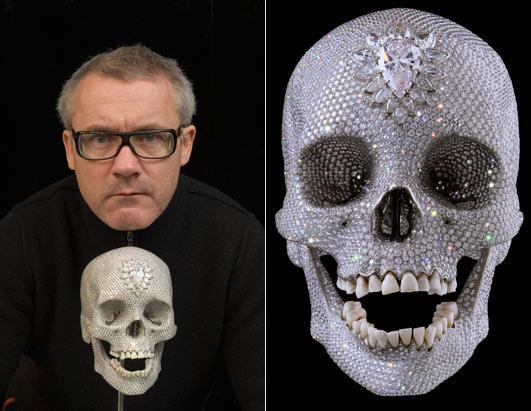

 Colaborar
Colaborar




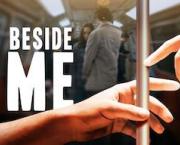
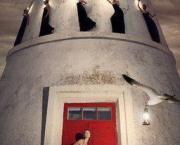
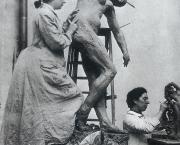
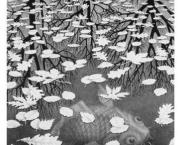
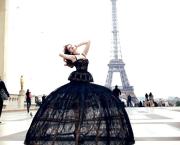
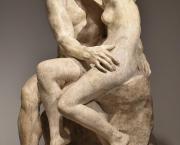

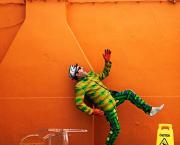

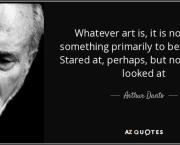


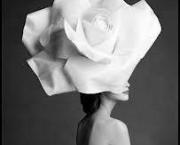

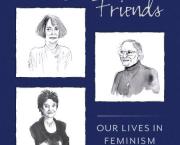

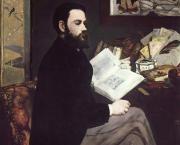
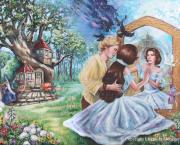


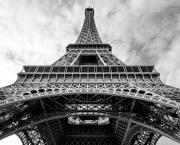


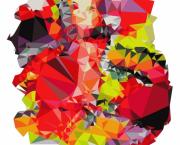
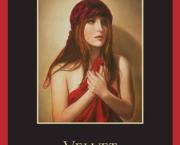
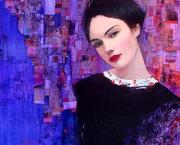


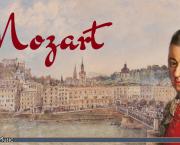
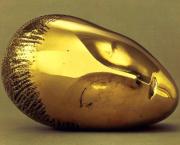

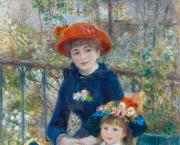
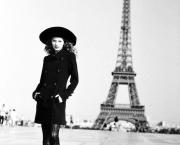


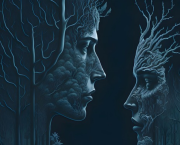





 Puedes apoyar a tus escritores favoritos
Puedes apoyar a tus escritores favoritos





